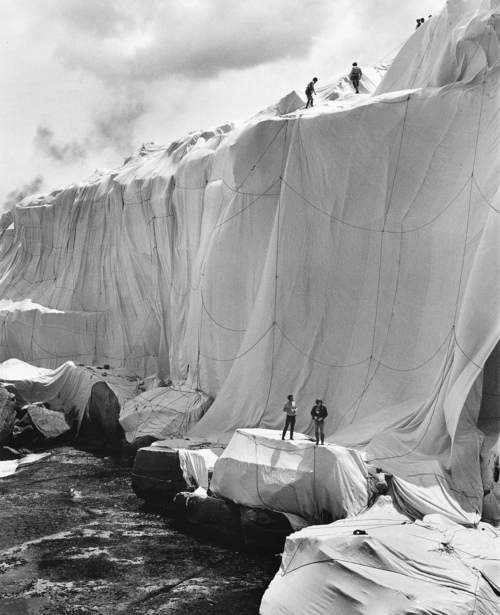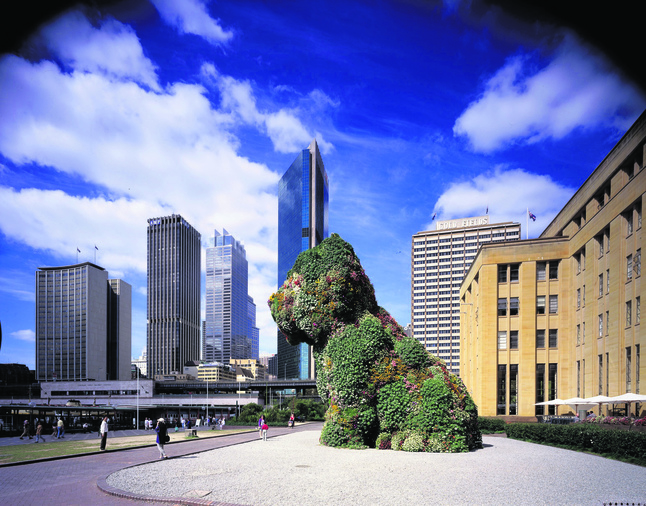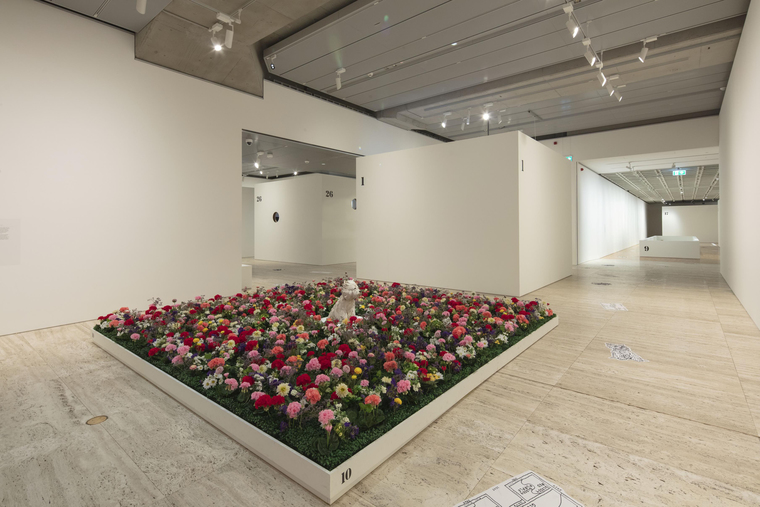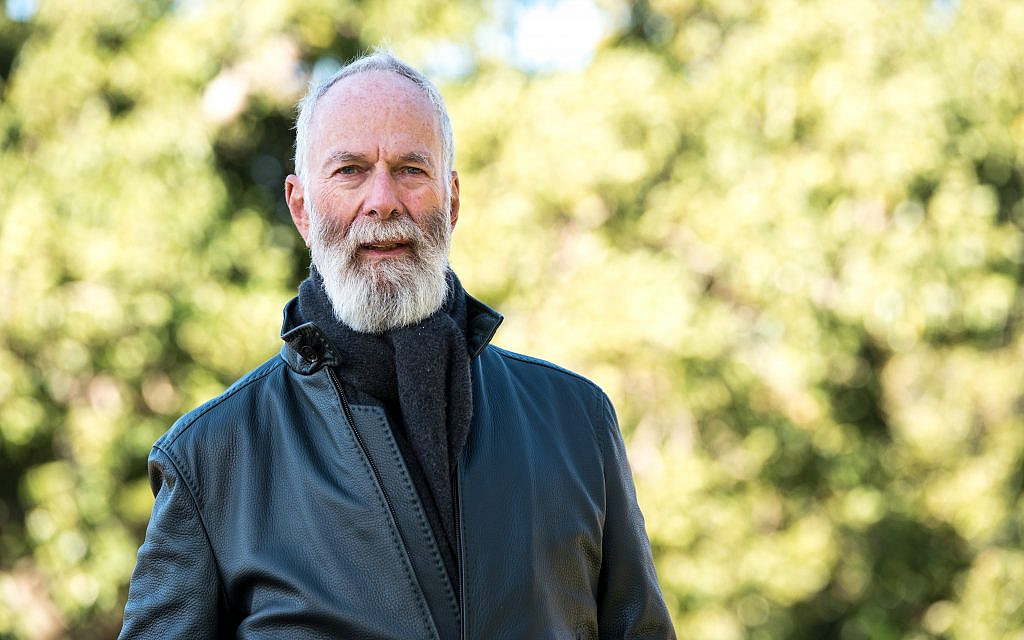Fifty years of Kaldor
Many groundbreaking works of Kaldor Public Art Projects are represented in a major exhibition at the Art Gallery of NSW, currently open until February.
AFTER casting his eyes across the billowing white fabric that covered Little Bay in 1969, former Art Gallery of NSW director, the late Edmund Capon, boldly remarked, “If there was ever a defining moment in the story of modern and contemporary art in Australia it was surely the very first Kaldor project.”
Christo and Jeanne-Claude’s Wrapped Coast – One Million Square Feet, Little Bay, Sydney, Australia, 1969 was Kaldor’s inaugural project – an ambitious undertaking and a mammoth effort in all senses.
During the one-month installation phase, more than 100 people wrapped Little Bay with 90,000 square metres of fabric.
“It was certainly one of the most challenging projects,” director of Kaldor Public Art Projects, John Kaldor, told The AJN. “The works are usually not in galleries so each site has a different challenge, each project has a different challenge and that’s what is really exciting.”

Wrapped Coast marked the first Kaldor project – 34 of which have been distilled into an archive box and represented in Making Art Public: 50 years of Kaldor Public Art Projects at the Art Gallery of NSW – a free exhibition subsequent to the collaboration with the gallery in 2009 that marked 40 years of Kaldor Public Art Projects.
“Wrapped Coast was our very first project. We were just very fortunate that it all worked out because we really weren’t very professional,” remarked Kaldor. “We were very enthusiastic but we weren’t very professional. And we had a lot of help from university students and from volunteers.”
It is Kaldor’s persistence to defy the odds (Wrapped Coast was tremendously difficult to pull off, and was previously close to being mounted in southern France and then in California) that has continued to inform his artistic approach.
“One of the reasons we succeeded was persistence. Our mission from the beginning has been to share my passion for art with my fellow citizens,” said Kaldor.

In the current exhibition, British artist and Kaldor Public Art Projects alumnus, Michael Landy, who created the exhibition, has made sketches of each project.
“Michael Landy was wonderful to work with. He came up with the brilliant concept of creating 34 enlarged archive boxes in which he would distil the essence of each project,” Kaldor remarked. “Michael’s vision awakens our memories of past projects, but also reimagines them in new and unpredictable ways.”
Rather than relegating certain materials to remain in the archives, Landy has surveyed the residual materials, delved deep into the archives and reimagined Kaldor Public Art Projects in a novel format.
Projects range from Jeff Koons’ Puppy, Urs Fischer’s Cockatoo Island installation encapsulating the rich history of the island and marking its opening as a space for contemporary art in 2007, and the 20,000 square metres of Sydney’s Royal Botanic Garden transformed by Jonathan Jones’ sculptural installation of bleached white shields.

Puppy, which once soared three storeys high outside the Museum of Contemporary Art (MCA), is reduced to a life-sized stature – its floral coat stripped to reveal a bare white layer of fur, and blossoming flowers that once covered the entire sculpture now sprawl around the puppy at its feet.
“This is like a summation of all the projects together, and the best place for it was the gallery,” said Kaldor.
“What we wanted to do is bring the projects together as if they were all happening simultaneously, and somehow have a representation of the essence of each project … Each project is somehow represented and whether it’s a large project or an intimate project in size, they are all in the same-sized large archival boxes.”
The exhibition is on until February 16, 2020.
Visit 50years.kaldorartprojects.org.au for details about the exhibition and its accompanying public programs.
Get The AJN Newsletter by email and never miss our top stories Free Sign Up


comments